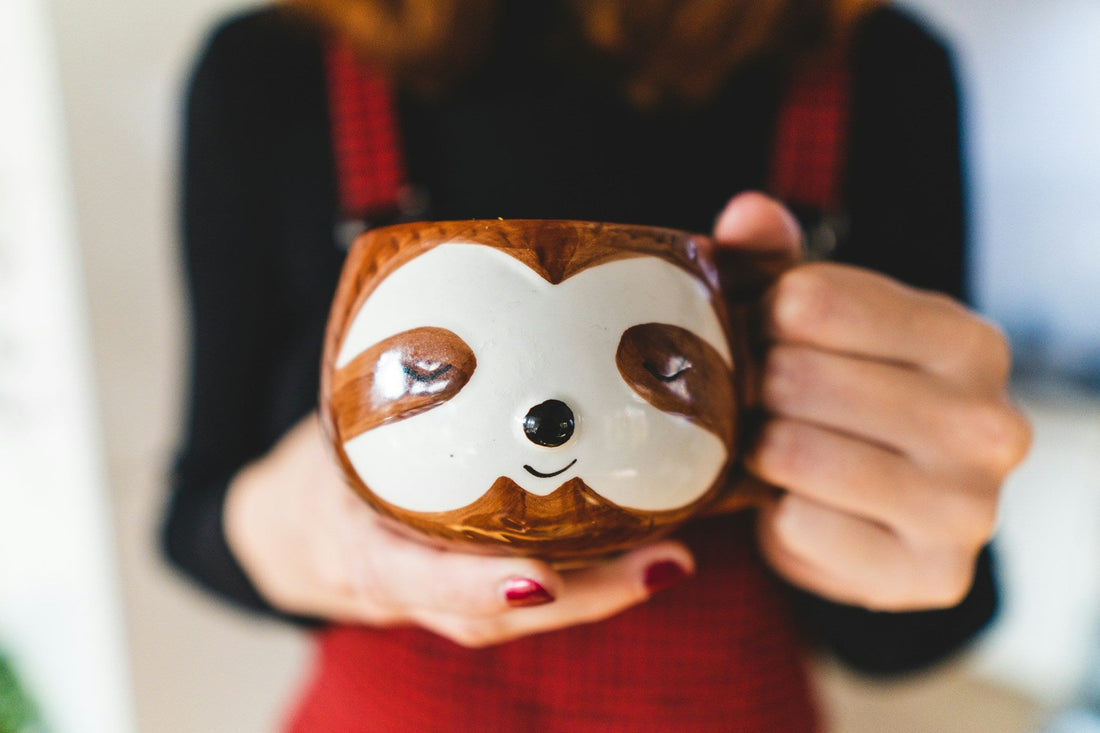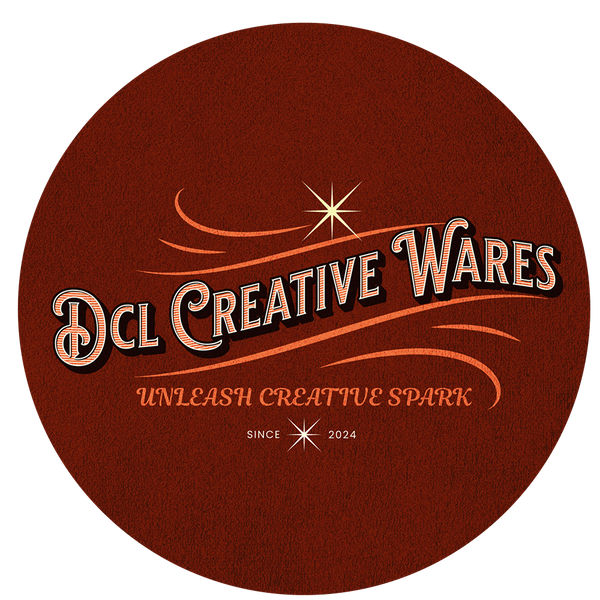
Fixing Loose Handles On Your Animal Design Tumblers
DCL Creative WaresShare
Your customized animal tumbler is more than just a drink holder. The unique design, the feel in your hand, and the little details make it something you enjoy reaching for every day. That’s why it can be frustrating when the handle starts to feel loose. It may not seem like a major issue right away, but over time, a handle that moves, wobbles, or even risks popping off can make your tumbler harder to use and less enjoyable overall.
Handles take on a lot, especially if you use your tumbler daily. Grabbing it one-handed out of the sink, tossing it into a bag, or bumping it against a countertop are just a few situations where stress can build over time. Fixing a loose handle is not only doable, but with the right approach, you can often restore its comfort and sturdiness without needing a full replacement. The key is spotting the problem early and knowing what steps to take before it gets worse.
Identifying The Problem
Before you can get into fixing the handle, it's good to know why it's loose in the first place. Not all loose handles come from the same problem, and a quick check can help you figure out the cause.
Here are some of the most common issues:
- The adhesive holding the handle in place has weakened due to heat or wear
- The screws or fasteners (if your tumbler has them) have come loose or shifted
- Hairline cracks or stress in the handle’s connection points have formed over time from frequent use
- The tumbler may have been dropped or hit, causing small damage where the handle meets the body
To inspect your customized animal tumbler, follow these steps:
1. Hold the tumbler in one hand and gently move the handle with the other. Take note of where it shifts the most
2. Check for any visible gaps where the handle connects to the tumbler body
3. Look closely for signs of glue coming undone, tiny fractures, or worn plastic or resin
4. If the handle is connected with screws, see if they’re loose by lightly wiggling them with the edge of a small coin or screwdriver
5. Smell for leftover scent from adhesive or glue. This might mean the bond is old or losing grip
Sometimes, it’s something as simple as a bit of looseness from regular wear. Other times, you might catch a small crack early enough to patch it or tighten it up. What matters most is understanding the cause, so you don’t accidentally make things worse while trying to fix it.
Basic Tools Needed
Fixing the handle on your tumbler doesn't require a full toolbox. In fact, you might already have a few of the necessary supplies in your kitchen drawer or hall closet. The type of fix depends on what’s causing the problem, but having a few simple tools ready will make the job quicker and easier.
Here’s a basic list to get started:
- A soft cloth for cleaning work surfaces and wiping down the tumbler
- Rubbing alcohol or mild cleaner to clear away oils from the handle area
- A small Phillips or flathead screwdriver for screw-in handles
- Food-safe epoxy or heavy-duty adhesive if the original glue has failed
- Rubber bands or clamps to hold the handle in place as adhesive cures
- Craft sticks or cotton swabs for spreading glue evenly
If you don’t have everything on hand, most of these items can be picked up at a local hardware or general store. For those doing a glue-based repair, make sure whatever adhesive you buy is safe for drinkware, especially if it's exposed to hot liquids or dishwasher heat.
Before starting, clean the area where the handle and tumbler meet. Any leftover oils or crumbs tucked into that little gap between the body and the edge of the handle can mess with how well the pieces stick back together. Use a cotton swab and rubbing alcohol to wipe it down and give it ten minutes to dry before applying any glue or tightening up parts. A clean workspace helps with a smoother fix and keeps grime from getting trapped during the repair.
Step-By-Step Guide To Fixing Loose Handles
Once you’ve figured out the problem and gathered your tools, you're ready to get started. Each handle issue has a slightly different solution, but the basic process stays the same. Take your time, and don’t rush through it. A small adjustment now can help your customized animal tumbler stay dependable for a long time.
Here’s a simple walkthrough to tighten or repair most loose handles:
1. Clean the handle area completely using a soft cloth and rubbing alcohol. This helps remove oils or grime that could interfere with glue or screws
2. If the handle attaches with screws, carefully tighten them using the correct screwdriver. Don’t overtighten, or you might strip the hole or crack the material
3. If your handle was glued and has come loose, apply a thin layer of food-safe adhesive to the contact points using a craft stick or cotton swab. Make sure the adhesive covers the whole bonding area without spilling outside it
4. Press the handle into place. Hold it for a few minutes or use rubber bands or clamps to keep it steady while curing
5. Check the adhesive instructions for drying time. Usually, it's best to let the mug sit upright and untouched for 24 hours to fully cure
Tips to keep in mind:
- Don’t use too much glue. Overflowing adhesive can create a mess and damage artwork near the handle
- Wipe off any adhesive that leaks out right away using a slightly damp cloth
- Make sure your tumbler is empty and completely dry before starting
If the issue isn’t clear or the damage seems too heavy to fix yourself, it’s better to reach out to someone who specializes in handmade or custom tumblers. They’ll have the tools and know-how to help you avoid breaking your cup further.
Preventing Future Issues With Handle Care
The best way to fix a loose tumbler handle is to stop it from loosening in the first place. Regular care doesn't take much time, but it can save you from repair work down the road. Most handle problems come from a mix of use, stress, and storage habits that wear them down slowly.
Use these simple care tips to help prevent future handle problems:
- Avoid using harsh soaps or scrubbing pads around the handle. Stick to mild dish soap and a soft sponge when cleaning
- Don’t leave your tumbler soaking in water. Extended moisture can wear down the glues and adhesives used in the handle
- Never toss your tumbler into a bag or sink without checking the handle's position. Short drops and bumps can shift or crack the connection point
- Store mugs upright or on a steady surface. Letting it hang by the handle on a hook can slowly loosen the joint
- Take a quick look at the handle every few weeks. A gentle wiggle test can help catch new issues before they grow
Treat your customized animal tumbler like you would a favorite mug you always reach for. Wiping it down gently, storing it right, and doing a quick check every now and then can go a long way in extending its lifespan.
Keeping Your Tumbler Charming and Functional
A loose tumbler handle might not seem like a big deal until you find yourself dealing with a spill or realizing your favorite coffee mug just doesn’t feel as sturdy in your hand. Taking a little time to fix it means you don’t have to give up on a tumbler you genuinely enjoy using every day. Whether it’s shaped like a cheerful pig or a fierce-looking owl, every detail of your customized animal tumbler is there to bring both charm and function.
With a little care and the right steps, a loose handle is something you can handle quickly. Having that secure and balanced feel back just makes things easier, whether you're drinking tea in the evening or grabbing your tumbler on the way out in the morning. Keep an eye on it, keep it clean, and it’ll keep being the dependable cup you love.
Keep your tumbler ready for any adventure with the confidence that its handle is secure. If you’re enjoying your unique drinkware, consider exploring more options to match your style. You’ll find a range of colorful and whimsical designs by browsing our customized animal tumbler collection. Each piece at DCL Creative Wares is made with care, making it easy to add a fun and personal touch to your drinkware lineup.
